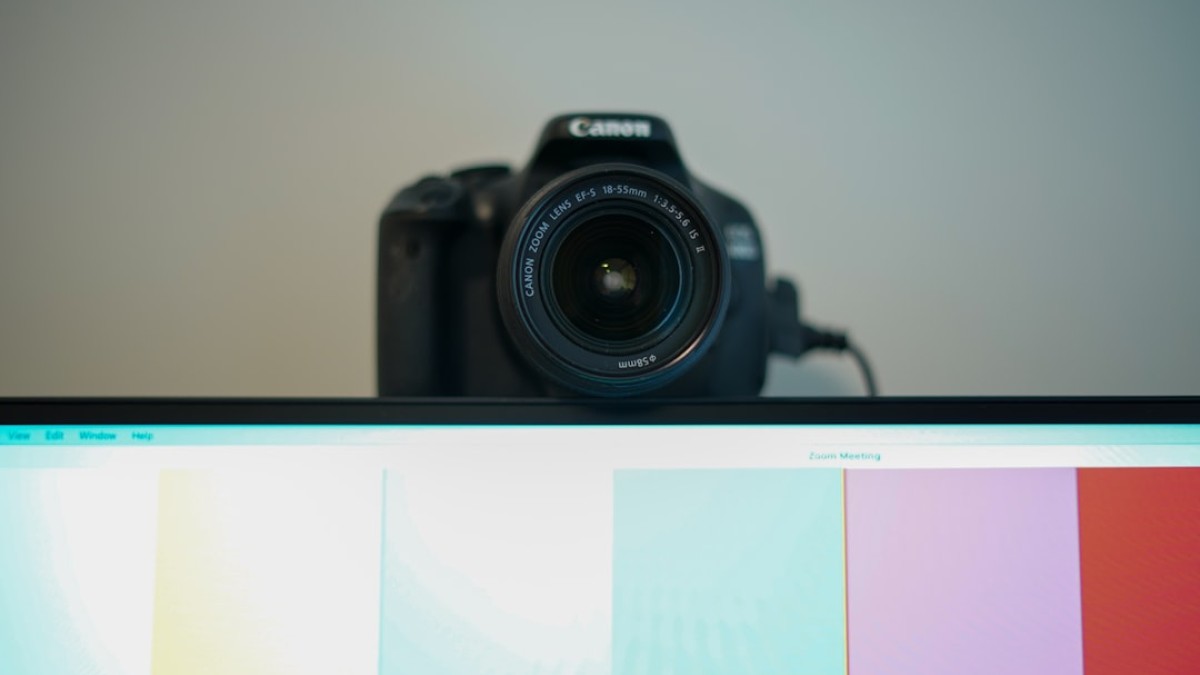In today’s digital age, the importance of stunning visuals cannot be overstated. Whether you’re a budding photographer, a social media enthusiast, or a small business owner looking to enhance your online presence, mastering image editing has become a fundamental skill. However, many people feel intimidated by professional editing software, believing it’s only for the experts. The good news? You can achieve great results with easy-to-use online tools. This guide will walk you through the essentials of image editing, from basic adjustments to more advanced techniques, ensuring you can unlock your creativity without feeling overwhelmed.
The Need for Image Editing
Why Edit Images?
Imagine you’ve captured the perfect moment, but the lighting is off, or there’s an unwanted object in the background. Editing your photos allows you to enhance your images, making them more visually appealing and effective in storytelling. Here are some common reasons why you might need to edit your images:
- Improving Quality: Adjusting brightness, contrast, and sharpness can enhance image clarity.
- Focus on Subject: Cropping can help emphasize the main subject.
- Brand Consistency: Businesses often need a cohesive look, achieved through consistent editing styles.
- Creative Expression: Altering colors or adding effects can help define your personal style.
Use Cases for Different Editing Tasks
Before diving into the tools and techniques, let’s look at some specific editing tasks you might want to accomplish:
1. Cropping
Purpose: To remove unwanted parts of an image and focus on the main subject.
Ideal For: Social media posts, professional presentations, and print materials.
2. Background Removal
Purpose: To isolate the subject from the background for a cleaner look.
Ideal For: E-commerce product images, profile pictures, and marketing materials.
3. Basic Retouching
Purpose: To correct imperfections such as blemishes, distractions, or color issues.
Ideal For: Portraits, promotional images, and personal projects.
4. Color Adjustment
Purpose: To modify hues, saturation, and brightness for better aesthetic appeal.
Ideal For: Landscapes, artistic photography, and branding.
Tool-Specific How-To Instructions
Let’s explore some online tools that make image editing accessible for everyone, along with step-by-step instructions on how to use them.
1. Canva
Overview: Canva is a user-friendly graphic design tool ideal for quick edits and design tasks.
How to Use it for Cropping:
- Upload your image to Canva.
- Click on the image and select the “Crop” option from the toolbar.
- Adjust the crop box by dragging the corners or sides.
- Click “Done” to save the changes.
How to Use it for Background Removal:
- After uploading your image, select it.
- Find the “Effects” option in the toolbar.
- Click on “Background Remover.”
- Canva will automatically remove the background; refine if necessary and save.
2. Fotor
Overview: Fotor offers robust features for enhancements like retouching and basic adjustments.
How to Use it for Basic Retouching:
- Upload your photo and choose the “Beauty” option.
- Use tools like “Remove Blemish” and “Smooth Skin.”
- Adjust the intensity of each tool for subtle effects and click “Apply.”
3. Pixlr
Overview: Pixlr provides an advanced online editor similar to Photoshop but more accessible.
How to Use it for Color Adjustment:
- Open your image in Pixlr.
- Go to the “Adjustments” menu.
- Choose adjustments like Brightness, Contrast, or Hue/Saturation.
- Use sliders to make changes, and click “Apply” to finalize.
4. Remove.bg
Overview: This is a dedicated tool for quick background removal.
How to Use Remove.bg:
- Navigate to Remove.bg.
- Upload your image.
- The tool will automatically remove the background.
- Download the image with a transparent or new background.
Common Mistakes and How to Avoid Them
Over-Editting
Issue: It can be tempting to use every filter and effect available.
Solution: Focus on subtlety. Less is often more, and over-editting can make images look unnatural.
Ignoring Image Resolution
Issue: Using low-resolution images can lead to pixelation when printed or displayed.
Solution: Always start with the highest-resolution version of your image and save your edits in a suitable format (like PNG or TIFF for graphics).
Not Keeping Original Files
Issue: Editing images without saving the originals can lead to loss of quality or the possibility of wanting to revert changes.
Solution: Make backups of your original files before diving into edits.
Expert Tips for Better Results
1. Understand Composition
Learn the basics of photography composition such as the Rule of Thirds. This will help you frame your photos better, making editing easier.
2. Use Presets
If you find a style you love, create a preset in your editing tool. This will allow you to apply the same adjustments consistently across multiple photos.
3. Experiment with Colors
Don’t hesitate to play with color settings. Sometimes, adjusting the color balance can dramatically change the impact of an image.
4. Utilize Tutorials
Take advantage of online tutorials for specific tools and effects. These can guide you through more advanced techniques easily.
5. Be Patient
Editing takes practice. Give yourself time to explore different tools and techniques and don’t rush the learning process.
Summary and Final Checklist
Editing images doesn’t have to be daunting. With the right tools and techniques, anyone can create stunning visuals. Here’s a checklist to refer back to as you start your image editing journey:
- [ ] Identify the editing task: cropping, background removal, retouching, or color adjustment.
- [ ] Choose an appropriate online tool (e.g., Canva, Fotor, Pixlr, Remove.bg).
- [ ] Follow step-by-step instructions specific to the tool.
- [ ] Avoid common mistakes such as over-editing and using low-resolution images.
- [ ] Apply expert tips to refine your results and stay consistent.
Embrace your creativity, experiment with your images, and watch your skills grow. Mastering image editing can open up a world of possibilities, whether for personal projects, social media, or business use. Happy editing!
